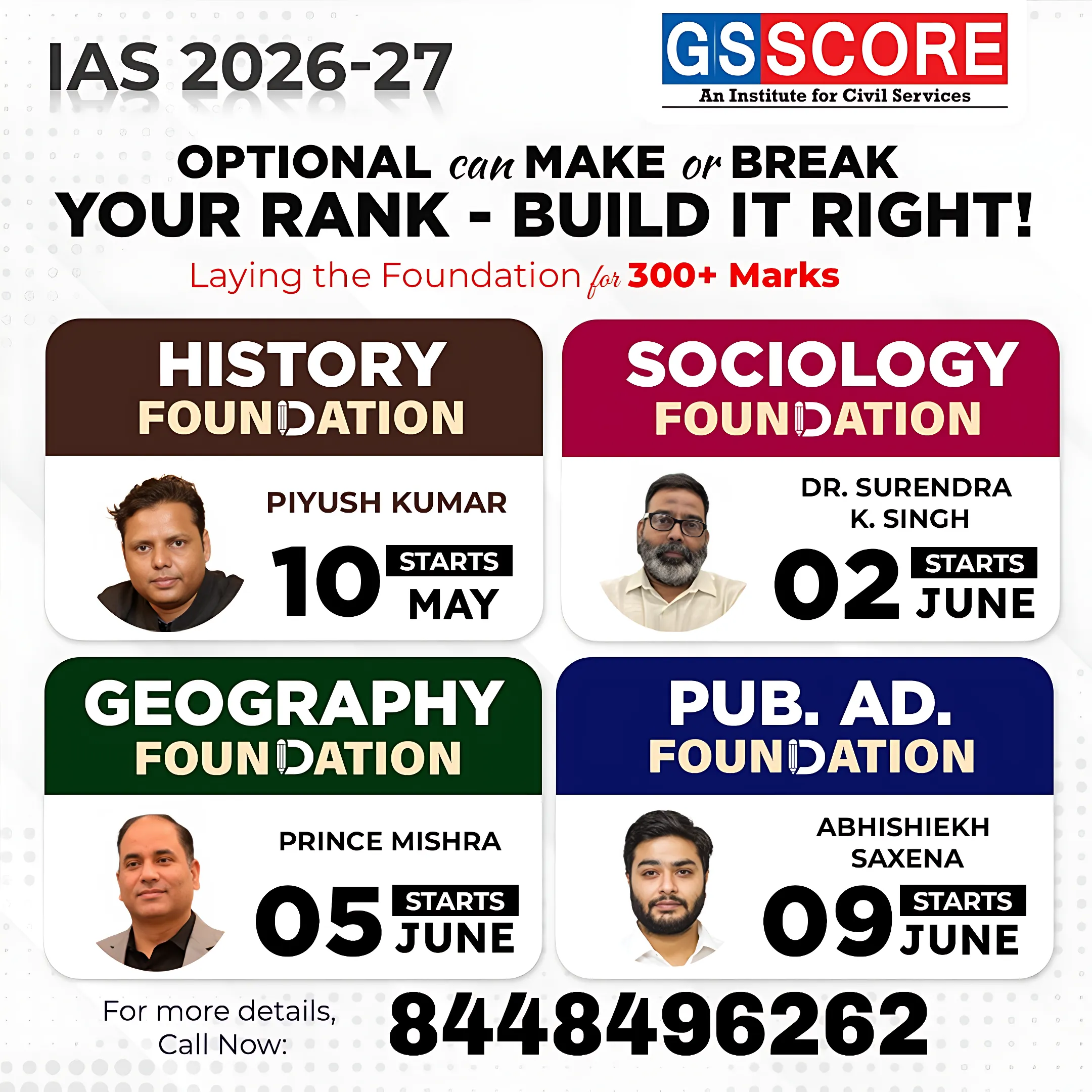

Bharat, that is India, now moves another milestone to celebrate its 75th year of independence. It is also a milestone to reflect back on as to what all we achieved in these 75 years, and what more we need to achieve. Finally, we need to articulate our vision, firm up a goal and get people, policies, and institutions aligned to the future vision. India has moved fast forward on all fronts.
Bharat Katha, India's Story of Seven and a Half Decade is an initiative of GS SCORE to celebrate India's 75 years of freedom and analyse these 75 years of its glorious history through the lens of all relevant spheres.
This series is a detailed source of information about the country’s political, social, economic, and cultural traditions since Independence. Through different articles, it reflects how social issues, economy, language, gender, nationalism, democracy, and constitutional development played a significant role in a historical context to shape present India.
This initiative becomes more relevant for UPSC Civil Services Examinations as it contains special in-depth articles based on different themes of IAS Exam Syllabus: Indian History, Culture, Geography, Economy, Indian Polity, Governance, International Relations, Science technology, Environment, Disaster Management, and Internal Security.
Together, we are on this journey, which starts a 12 months countdown to India’s 78th Independence Day.
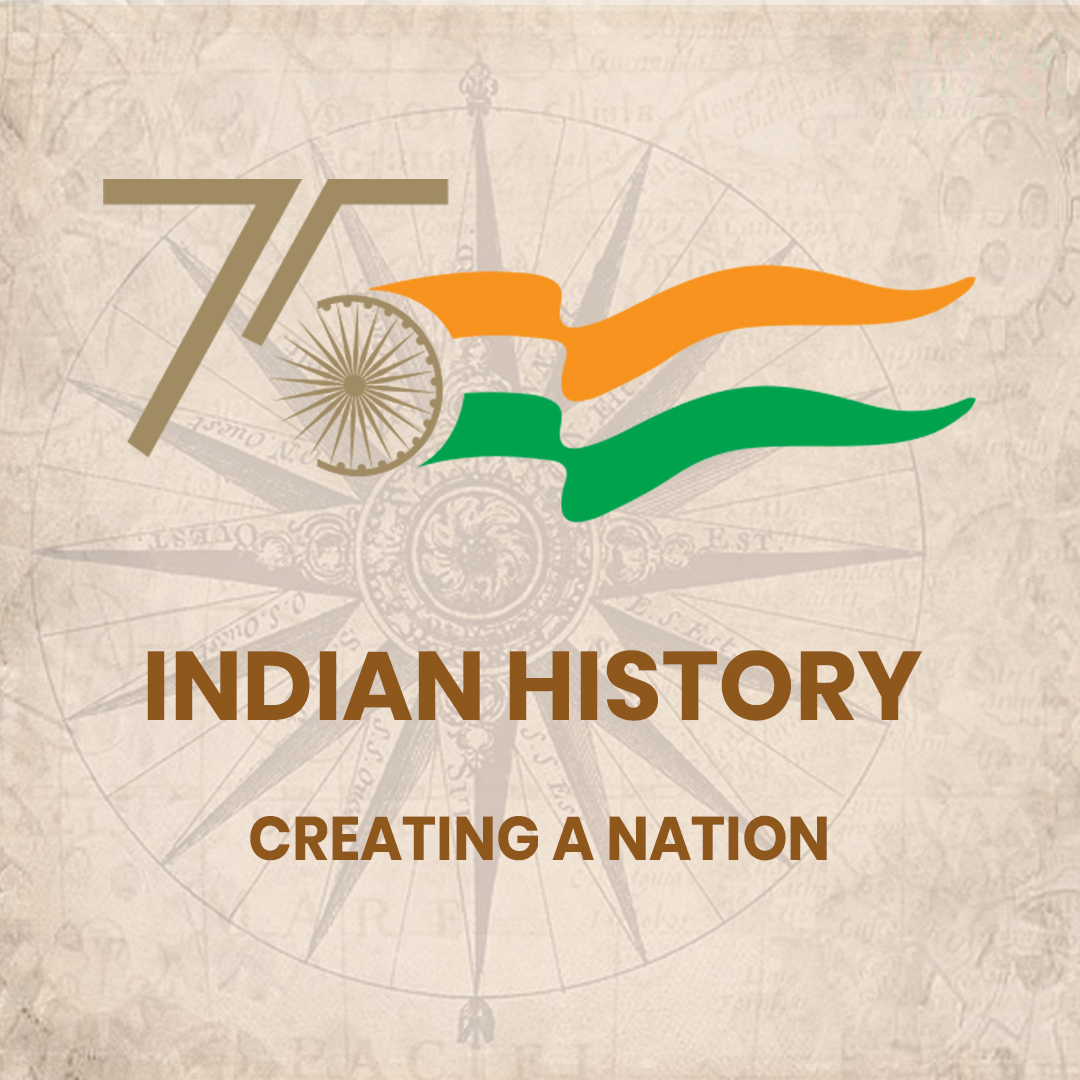
History is about facts, narratives, story-telling, inferring causality and drawing correlations, but never devoid of the “perspective” from which events have been put into words intended to connect our past with our present.
The rule of the British in India is possibly the most controversial and the most hotly debated aspect of the history of the British empire.
India, often known as "THE GOLDEN BIRD" or "QUEEN’S NECKLACE," was one of the most important colonies of British Empire. As India was politically, socially, and economically distinct from the rest of the British empire's colonies, British policies in India differed from those in other colonies.

We Indians have a strong sense of pride in the distinctiveness and diversity of their culture. Be it the country’s agricultural expansions and technological advancements in infrastructure, science and engineering are sources of pride. But a considerable amount of pride stems from India's rich artistic cultural exports of music, fine arts, literature and spirituality.
“A country’s ability to influence the preferences and behaviours of various actors in the international arena (states, corporations, communities, publics etc.) through attraction or persuasion rather than coercion.” -- Joseph Nye

There are many economic, social and physical reasons why people emigrate and they can usually be classified into push and pull factors. However, the migration in recent times has been observed due to geographical reasons largely due to Natural Disasters like floods, Cyclones, Landslides, Earthquakes and drought. These reasons are increasing with time and are expected to be one of the major reasons in the near future for both internal and external migration across the world.
Battles were fought, territories were drawn and it kept reshaping itself. India’s history is speckled with the ruins of empires. Kingdoms have periodically risen here, expanded and fallen, reshaping with them the region’s culture and identity.
This year we will be celebrating the 75th year of Independence from British Rule which also brings the legacies of partition with it. The freedom was followed by a period of terror in which over 14 million people were forcibly made to relocate and about 2 million lost their lives. The event makes us face up many questions, like why this catastrophic moment came to existence, who was responsible for it, alternatives available to avert it, and many others.
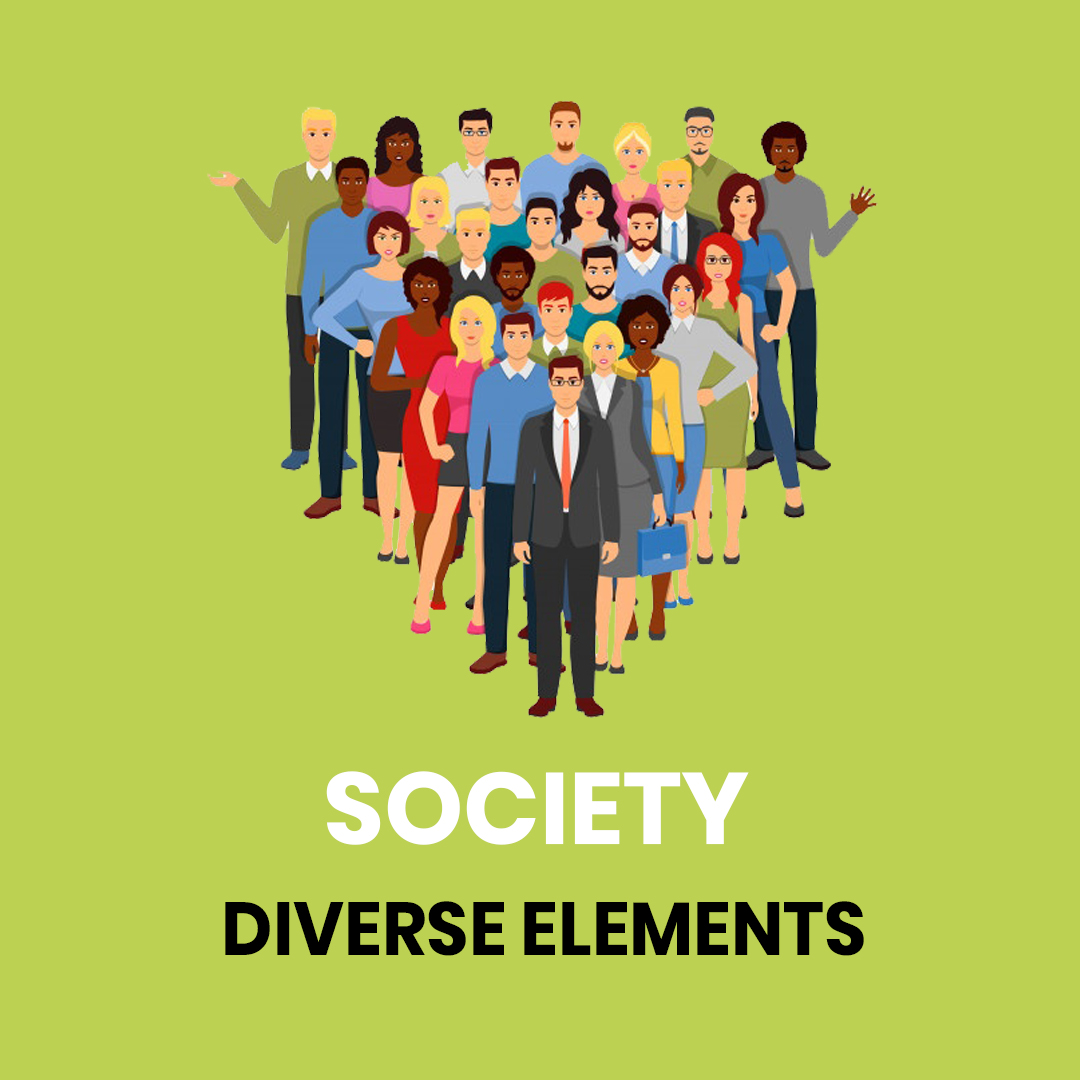
India offers astounding variety in virtually every aspect of social life. Diversities of ethnic, linguistic, regional, economic, religious, class, and caste groups crosscut Indian society, which is also permeated with immense urban-rural differences and gender distinctions. Differences between north India and south India are particularly significant, especially in systems of kinship and marriage. Indian society is multifaceted to an extent perhaps unknown in any other of the world’s great civilizations—it is more like an area as varied as Europe than any other single nation-state
India materialised itself as an independent nation-state on 15th August 1947, after a long freedom struggle against the British colonial rule and gave itself a constitution which made India a Sovereign, Socialist, Secular, the Democratic Republic with a parliamentary system of government. Since then, the Indian growth story has earned monumental growth in all spheres, yet there are numerous challenges that India faces today in its everyday social life, which are intertwined in a way.
The worth of a civilization can be judged by the place given to women in society. One of several factors that justify the greatness of India's ancient culture is the honourable place granted to women.
India with 1.417 billion people is expected to claim the title of the most populated country next year, but with an average age of 29, it has one of the youngest populations As this pool of resources of young citizens enters the workforce, it could create a ‘demographic dividend.
The development or modernization that is being experienced in our country is not confined to the economy alone
“Always aim at complete harmony of thought and word and deed. Always aim at purifying your thoughts and everything will be well.” Mahatma Gandhi
The caste system is an important aspect of Indian social institutions. The word caste has created confusion in the sense that it is used to denote both Varna and Jati. Technically, both are different to each other. Several changes have occurred in the caste system due to the processes of Sanskritisation, westernization, modernization, democratic decentralization, industrialization and urbanization, etc.
However, in the changing situation caste has adapted too many new features like having formal organizations, becoming less rigid and having a link with politics.
Indian Society, which is largely male-dominated, for the position of women in society. Not only men, but even most women also internalize their position in society as a fair description of their status through the ages. These generalizations apply to some degree to practically every known society in the world.
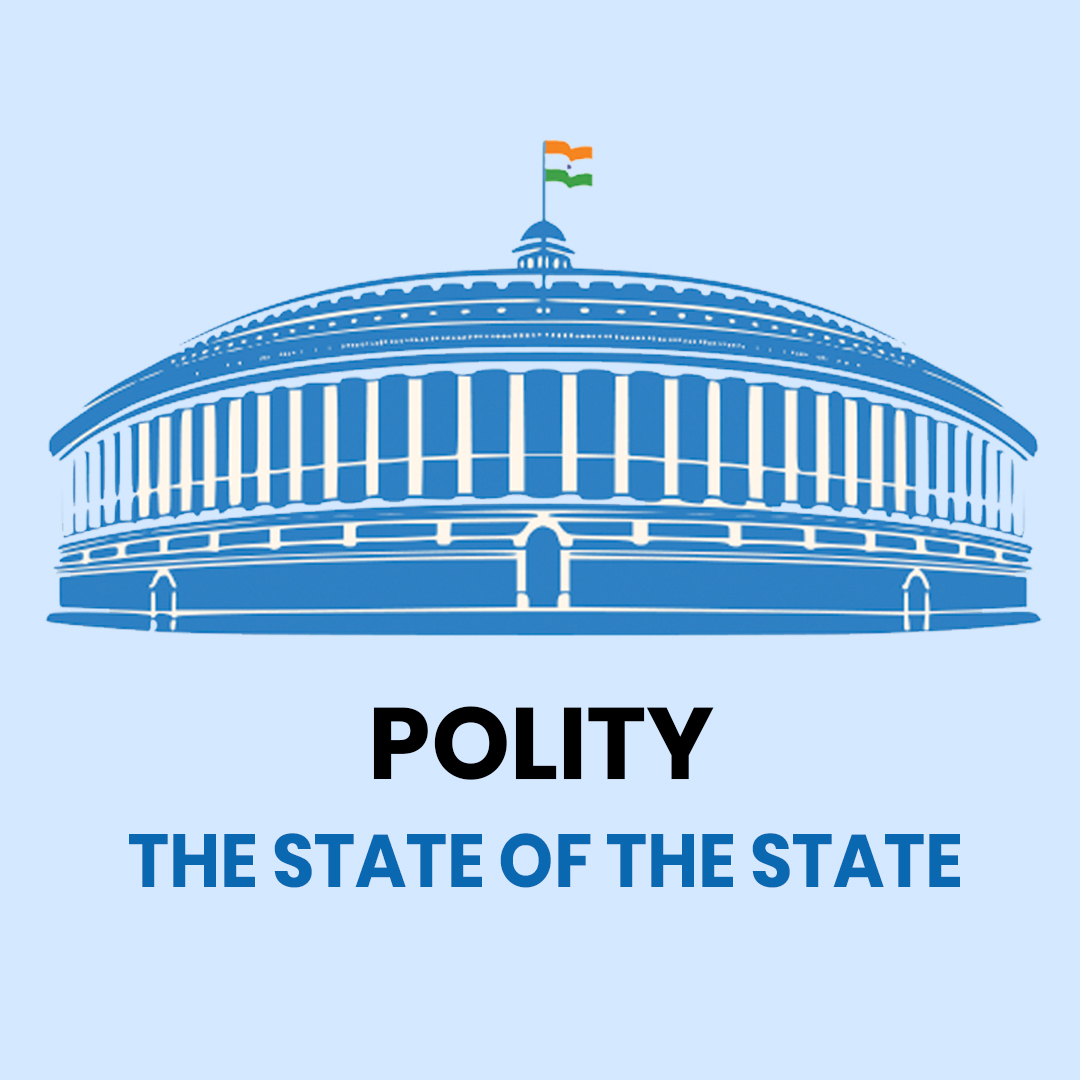
“India is the cradle of human race, the birthplace of human speech, the mother of history, the grandmother of tradition."
Political independence does not have much meaning without economic independence. One of the important indicators of economic independence is self-sufficiency in food grain The overall food grain scenario in India has undergone a drastic transformation in the last 75 years.
A society or nation where justice prevails always requires laws, rules and regulations for the proper functioning of various aspects of the society. Laws and rules are necessary for every society to maintain peace and harmony in society and to ensure the well-being of every individual.
The democratic setup in India comprises of three branches: the legislature, the executive branch, and the judiciary branch. Each branch of the democratic system performs different sets of functions from time to time, all while keeping the public and social interests in mind. The executive branch is headed by the President, who is the Head of State and exercises his or her power directly or through officers subordinate to him. The
Choosing the ‘Greatest Indian After Gandhi’ is difficult when the present exerts such a strong pull over our view of the past and there is a wide variation between how the ‘greatness’ of an individual is assessed by the common person and by the experts. Nations need heroes, but the construction of a national pantheon is rarely straightforward or uncontested.
To differentiate between “great” and “landmark”, it is necessary, to begin with, some very fine distinctions. A great judgment is one that restores the constitutional values of a polity from the waywardness into which it may have fallen, while a landmark judgment is one which opens up new directions in our constitutional thinking and, in the process, adds new dimensions to what is regarded as established constitutional principles. If “great” restore the centrality of constitutional values, “landmark” revitalises them.
Bharat, that is India, now moves another milestone to celebrate its 75th year of independence. It is also a milestone to reflect back on as to what all we achieved in these 75 years, and what more we need to achieve. Finally, we need to articulate our vision, firm up a goal and get people, policies and institutions aligned to the future vision. India has moved fast forward on all fronts, but due to lack of holistic approach, the success of one side is decimated by the ignorance of the other side.

In our day-to-day life we require basic facilities such as water supply, drainage, garbage disposal, public health and sanitation. We must have watched such activities as installation or repairing of street lights, construction or repairing of roads or say renovation of a village tank is done by a specific group of people. It is the local government who do all these works for the people.
Even though India has completed 75 years of independence, casteism is still a divisive issue in India.
Indian Constitution is a progressive document based on a liberal ethos of equality and freedom. Secularism, as imbibed in the document gives freedom of religious practices and beliefs and even propagation to people of all faith.
State participation in social welfare has a long and continuous history extending over hundreds of years.
Civic engagement between different ethnic communities serves to contain ethnic conflict. Civic organizations play a crucial role in times of ethnic tensions. They can be considered as an instrument for negotiation and facilitation of conflicts, influencing the local authorities or government policies, technical support, monitoring the situation, analysis, research etc. We shall be looking into the integral link between the structure of civic life in a multiethnic society. To illustrate these links, there are two interconnected arguments
As a rising power, India’s role in global governance is under considerable scrutiny. We will be tracing the evolution of India’s engagement with global governance. During the course, we shall be evaluating the complexities undergirding India’s approach to the structural, institutional, and normative challenges facing the current global order as well as India’s approach to challenges, constraints and opportunities in shaping its regional order. Let’s delve into India’s past, current and potential future contributions to global governance and order.
Civil service refers to the body of government officials who are employed in civil occupations that are neither political nor judicial. The concept of civil service was prevalent in India from ancient times.
It is now more than 70 years down the line after a historic non-violent movement won Independence for the country freeing it from the clutches of colonial rule.
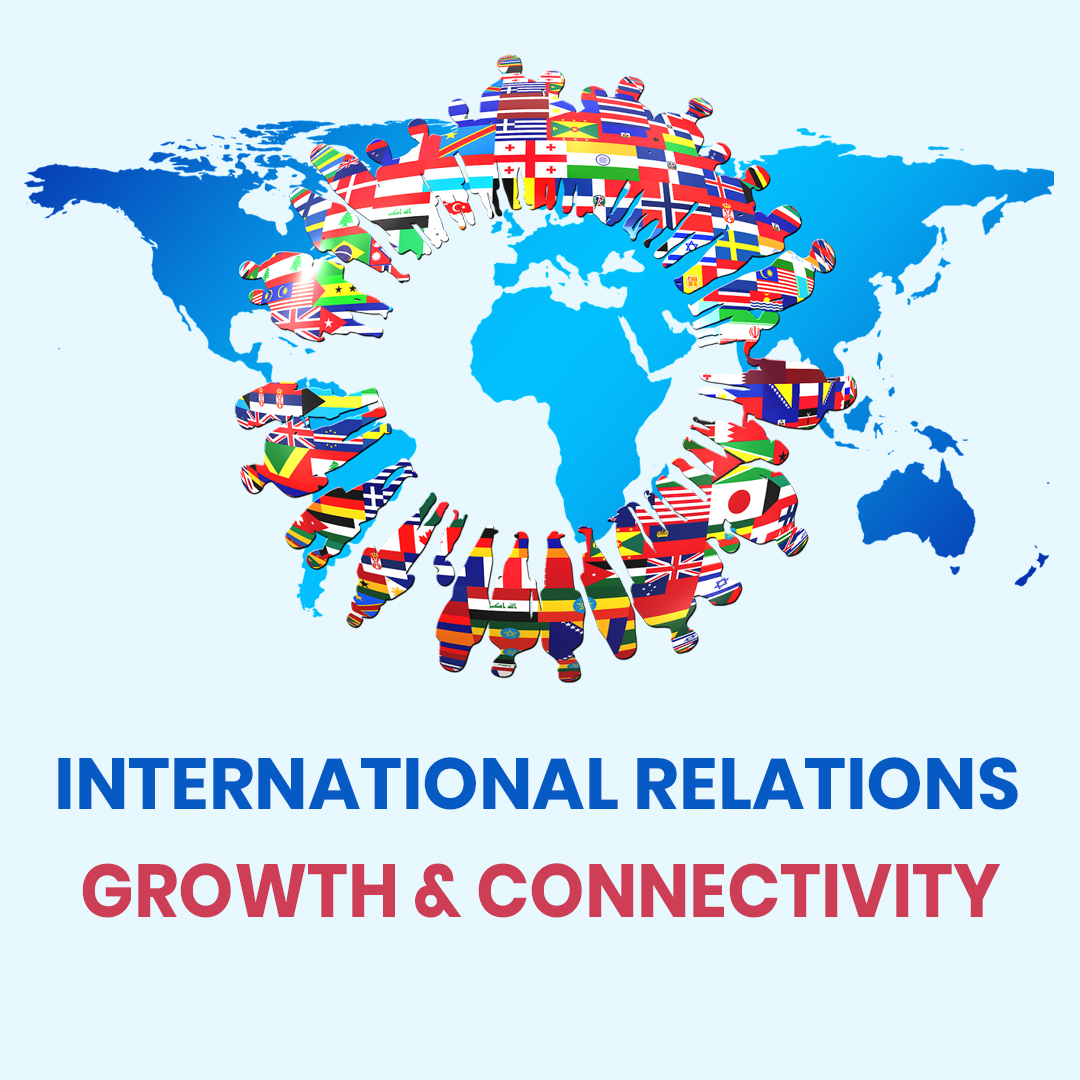
- Diasporas are the symbol of a nation’s pride and represent their country internationally.
- They help in building the country’s value internationally through their huge success stories. The diaspora’s ability to spread Indian soft power, lobby for India’s national interests, and contribute economically to India’s rise is now well-recognized.
Seventy-five years after India won Independence on 15 August 1947, the country’s internal boundaries continue to change, with the creation of two newly formed Union territories (UTs) by bifurcating the state of Jammu and Kashmir.
On a visit to India in 2009, the US Secretary of State’s verdict was unequivocal: ‘I consider India not just a regional power, but a global power.’ Since the turn of the century, India’s economy has surpassed those predictions, expanding fourfold in the course of a decade.
The foreign policy of any country, unlike domestic policy, is usually considered to be stable. Foreign policy is both static and dynamic.
India is experiencing globally transformational events. It would be right to say that the gears and levels in geopolitics are changing at a rate faster than ever.
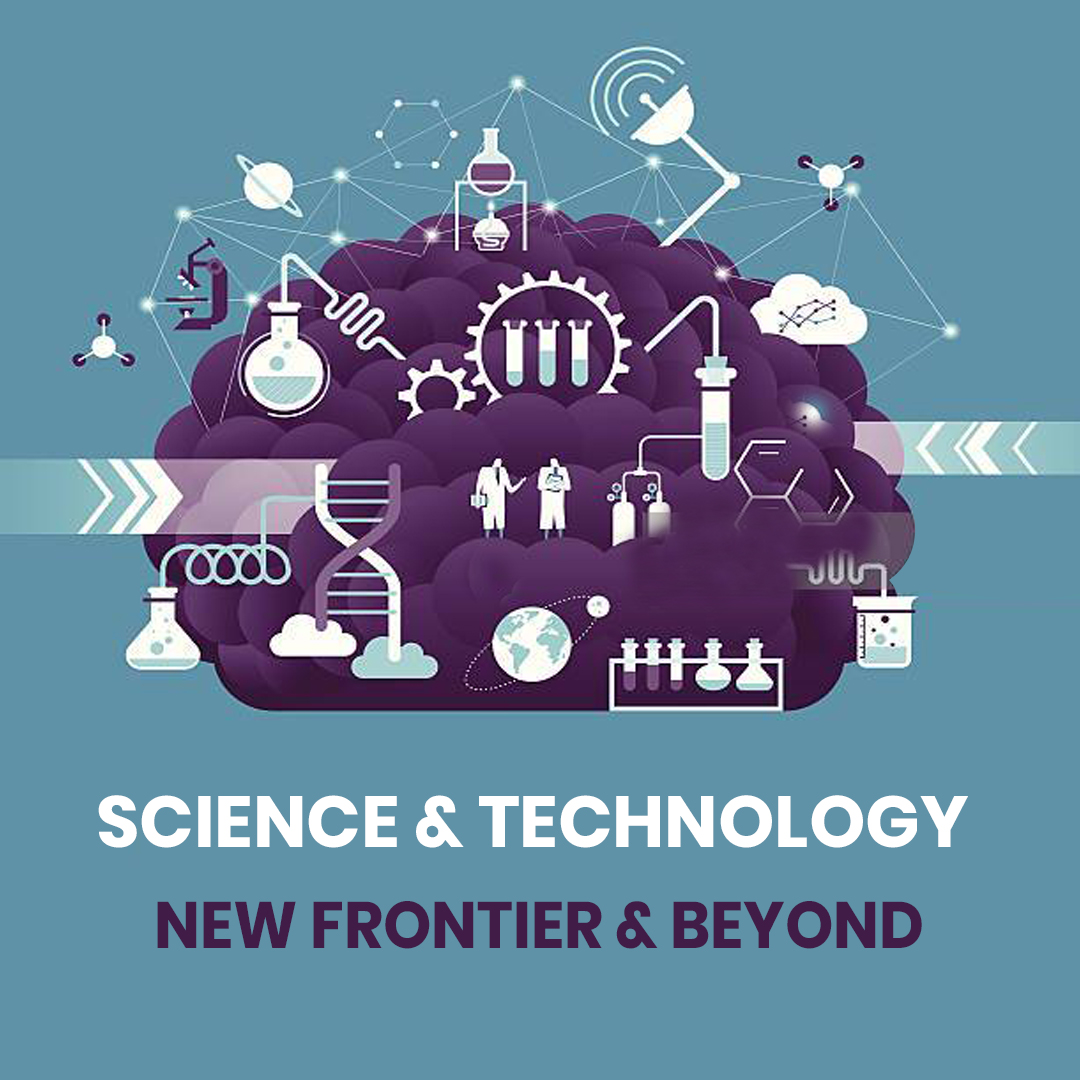
The Government of India has been making continuous efforts to set up systems of good governance through various schemes and laws. Earlier these systems were based on records, files and transactions which were generally physical. However in the recent years the concept of ‘citizen centric e-services’ has come to the fore.
Democracy is not solely about conducting fair elections alone. It is also not just about local governmental governance. Democracy thrives when citizens can establish two-way communication with the government, that is to have always an open channel of feedback in response to government actions.
It is not a hidden truth that plagues and pandemics change the course of humanity.
Science and Technology hold the key to the progress and development of any nation.

From independence, India has tackled homegrown insurgencies, externally fuelled rebellions, militancy, and terrorism. At a time when we, as a nation, are concerned about external threats from countries, it is crucial to give equal importance to our internal security.
The world order is appearing to be transiting from the Age of Information to the Age of Artificial Intelligence (AI). The mandate of the Age of Information was that one had to be well informed for achieving success in any field since knowledge-based decision-making was the key to that success.
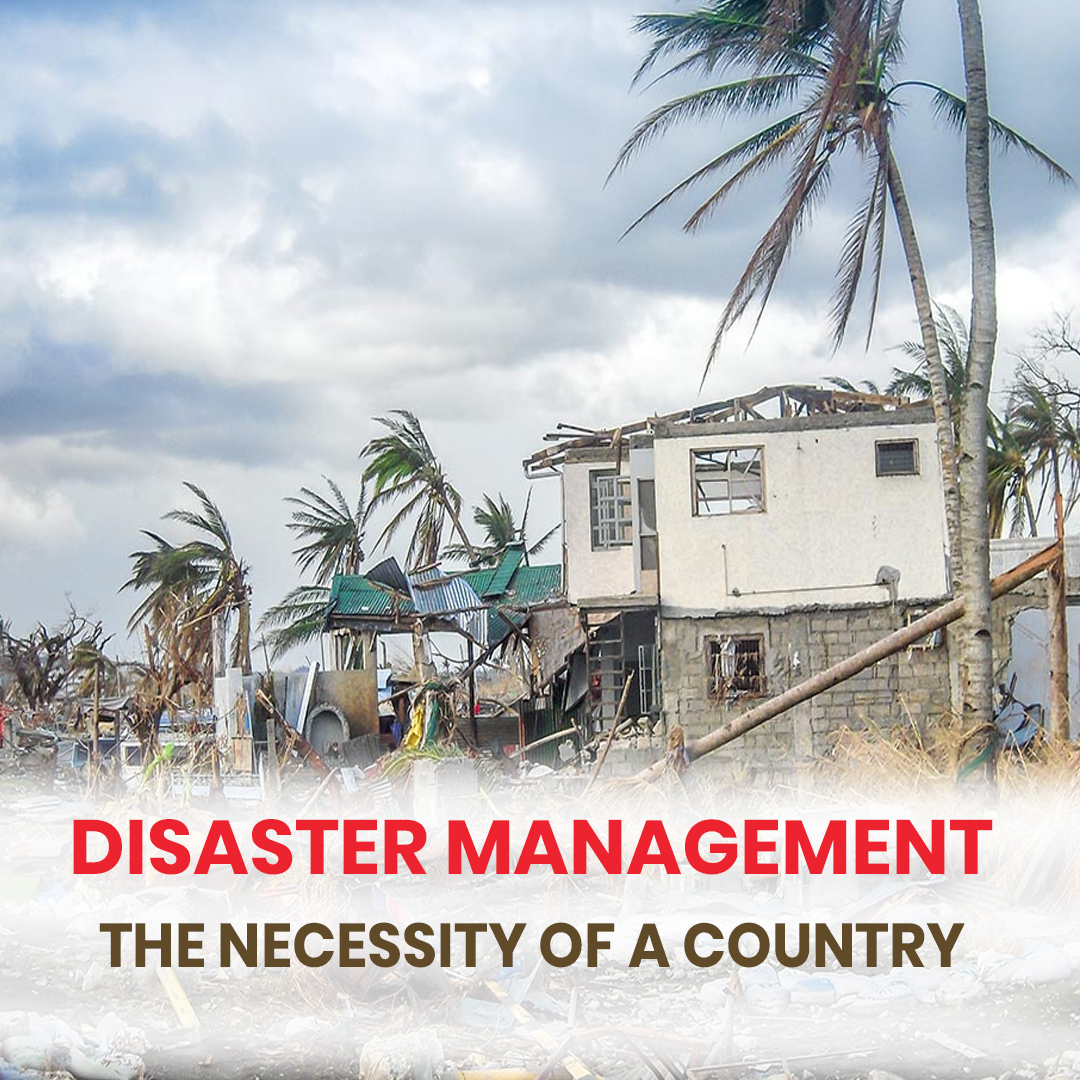
- India is a diverse country in terms of climate, terrain and relief and thus is prone to different types of disasters which include manmade disasters as well as natural disasters.
- Rapid industrial development and urbanization coupled with effects of climate change has aggravated the disasters in India. India has witnessed a large number of disasters since Independence.
India’s vast and variable geographical extent, diverse relief features coupled with climatic variations has made it vulnerable to different types of disasters.

Over the last 75 years, Indian agriculture has made rapid strides. From a meagre 55 million tonnes, production of foodgrains has increased to a record 308.65 million tonnes last season (July 2020-June 2021). Production of pulses, coarse cereals, natural fibres, sugarcane, vegetables and fruits have all increased manifold since Independence.
As India is going to be commemorating the 75th year of independence this year, it's relevant to look into the path the Indian economy has taken and how this journey has helped India to reach its present state. The evolution of the Indian economy has seen its share of ups and downs, economic crisis to double-digit growth and now eyeing towards becoming a $ 5 trillion economy. The purpose of this discussion is to analyse how much has India really achieved in the last 74 years in fulfilling the aspirations on which it was founded.
The word ‘tax’ has been derived from the Latin word taxare or taxo, meaning ‘to assess the worth of something’. Taxation in any economy is an essential part of financial management as any government of the world requires huge revenue to manage and run its administration, spend money on essential public services such as health and education and infrastructure such as roadways

After 75 years of independence, India still needs freedom from air pollution, water pollution, and plastic pollution, or simply speaking, we need freedom from environmental pollution.
Environmental governance is a concept in political ecology and environmental policy that advocates sustainability (sustainable development) as the supreme consideration for managing all human activities— political, social and economic. In other words, it refers to the processes of decision-making involved in the control and management of the environment and natural resources.
The idea of environmental protection is an age-old idea imbibed in the Indian cultural ethos since time immemorial.

